Description
HISTORY OF CR SINGLE No. 123
Caledonian Railway No. 123 is a very special locomotive indeed. She was obsolete before she was built. In 1886, Single driver locomotives had fallen out of favor due to heavier trains & the onset of fantastic performances of 4-4-0s. However, this single put the single-drivers back into the spotlight due to it having forward sanding gear gave new vigor to the single driver concept also 123 was an excellent performer for power for those days. Locomotives such as the Dean Singles & Midland Spinners owe their success to the innovation of No. 123.
Built by Neilson & Co in 1886 to feature in the Edinburgh Exhibition where it won a gold medal alongside its sister 4-4-0 No. 124. Its design is overall attributed to Dugald Drummond, however, both William Weir (the chief draftsman of the CR) and Edward Snowball (the chief draftsman of Neilson & Co) were said to both have a hand in the design. Its design was inspired by Drummonds already successful 4-4-0s, the CR 66 Class. It has a 7ft driving wheel & yet with that single driving wheel it broke speed records in the 1888 Race to the North where it hauled four carriages from Carlisle to Edinburgh Princes Street in record time with an average speed of 59mph without an issues.
After the Exhibitions, the locomotive was retained by the Caledonia for use on special duties such as the pilot for the Royal Trains which was frequently used when the Royal family visited Balmoral Castle. As the Royal Train pilot, 123 always ran 15 minutes ahead of the train, to warn of the train’s approach & as a safety measure to ensure the line was clear & safe. Requiring high speeds & no load, 123 was ideal for this duty. No. 123 was also somewhat of a “Pet Engine” on the CR, it was personal engine of both Drummond & McIntosh. It would be used to travel about the CR network carrying a special CR saloon called “The Blue Saloon” & 123 would often be used by the CMEs for personal holiday travel. In 1914, 123 was placed on the duplicate list after a Dunalastair IV was given the number 123, so 123 became No. 123A until 1923.
Upon the grouping in 1923, she was absorbed into the London, Midland & Scottish Railway & painted LMS Crimson Lake, a color she sported quite beautifully. She was again renumbered to 14010 & given a power classification of 1P. In LMS service, it was in charge of the directors saloon but was returned to regular service in 1930 on the Dundee to Perth mainline. By 1935, No. 123 was very old fashioned compared to the Fowler & Stanier & even the later CR designs. In 1934 she was withdrawn & set aside for preservation, being the last single-wheeled express locomotive running in Britain.
She was restored back to CR Blue & was stored inside St. Rollox works alongside Highland Railway Jones Goods No. 103 until she was brought out of retirement in 1958 by British Railways in a campaign to run railtours & enthusiast specials alongside previously mentioned HR 103, GNOSR No. 49 “Gordon Highlander” & NBR 4-4-0 “Glen Douglas”. The Scottish Trio as they were known ran in Scotland until the end of steam in Scotland in 1965. No. 123 before 1965 made a special trip down to the Bluebell Railway alongside LSWR T9 No. 120 on the mainline.
Today she is entombed in the Glasgow Riverside Museum of Transport in Pointhouse Place, Kelvinhaugh with all aspects of her & the rest of the Scottish trio unlikely to ever steam again.

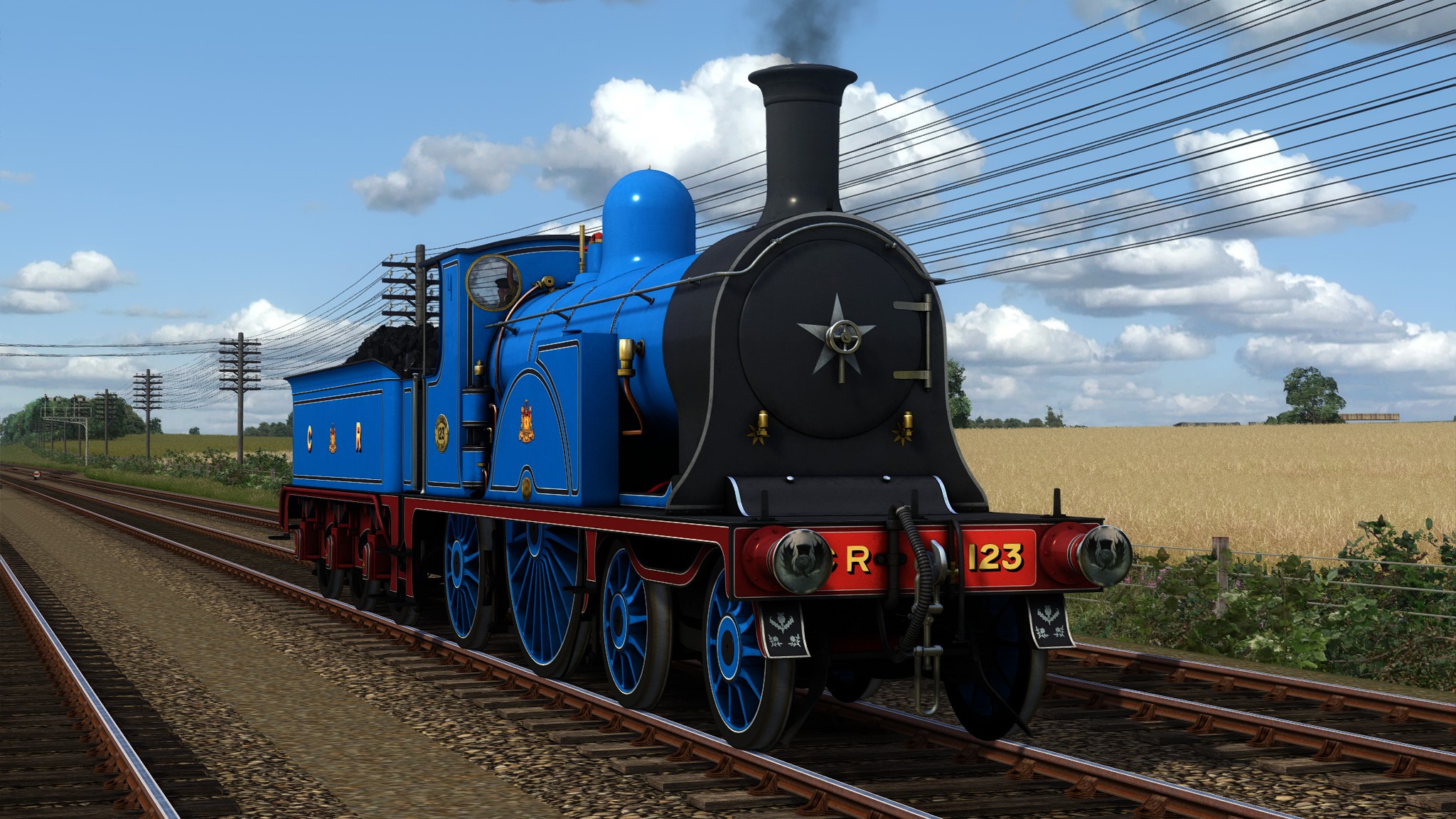
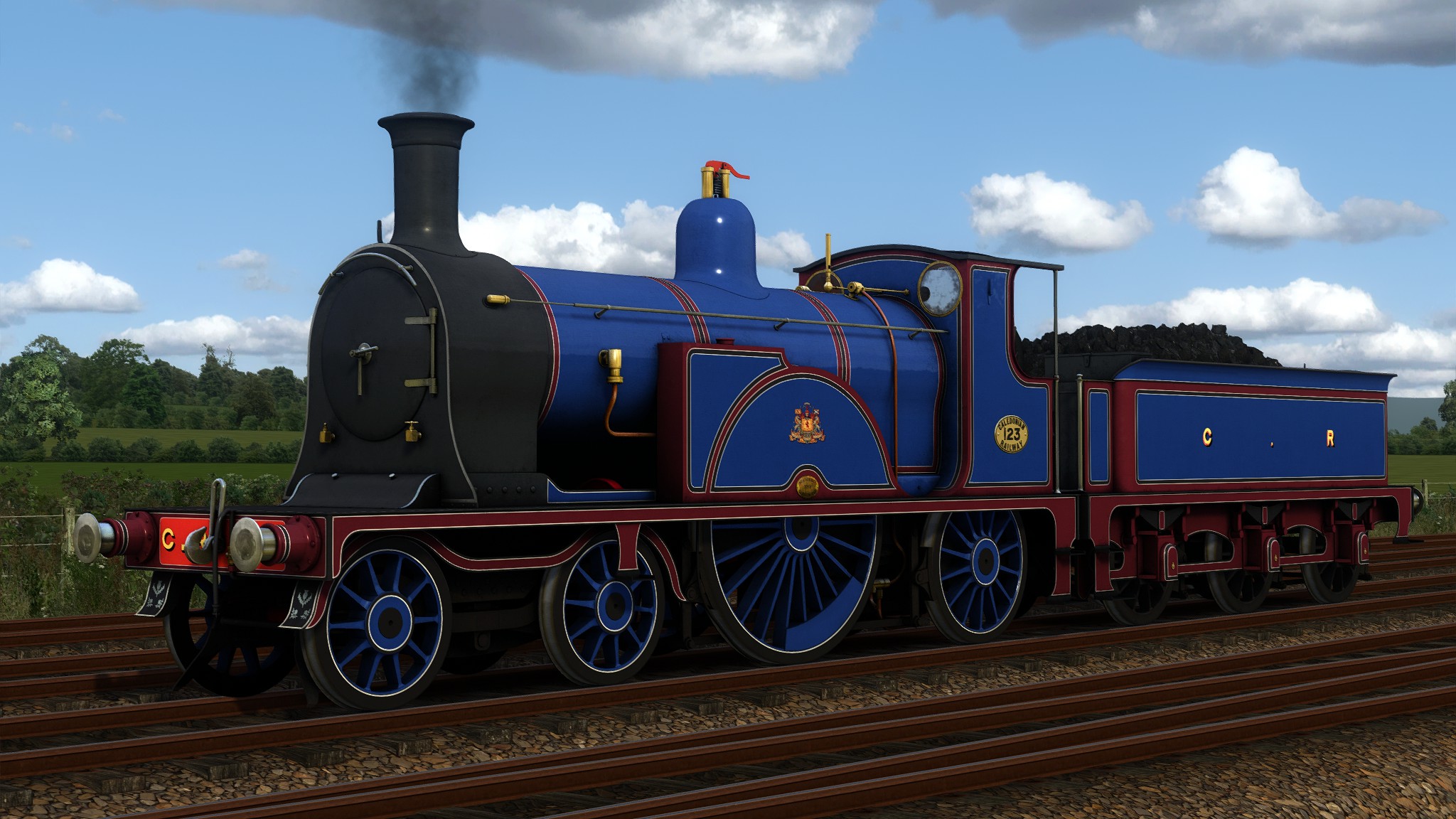
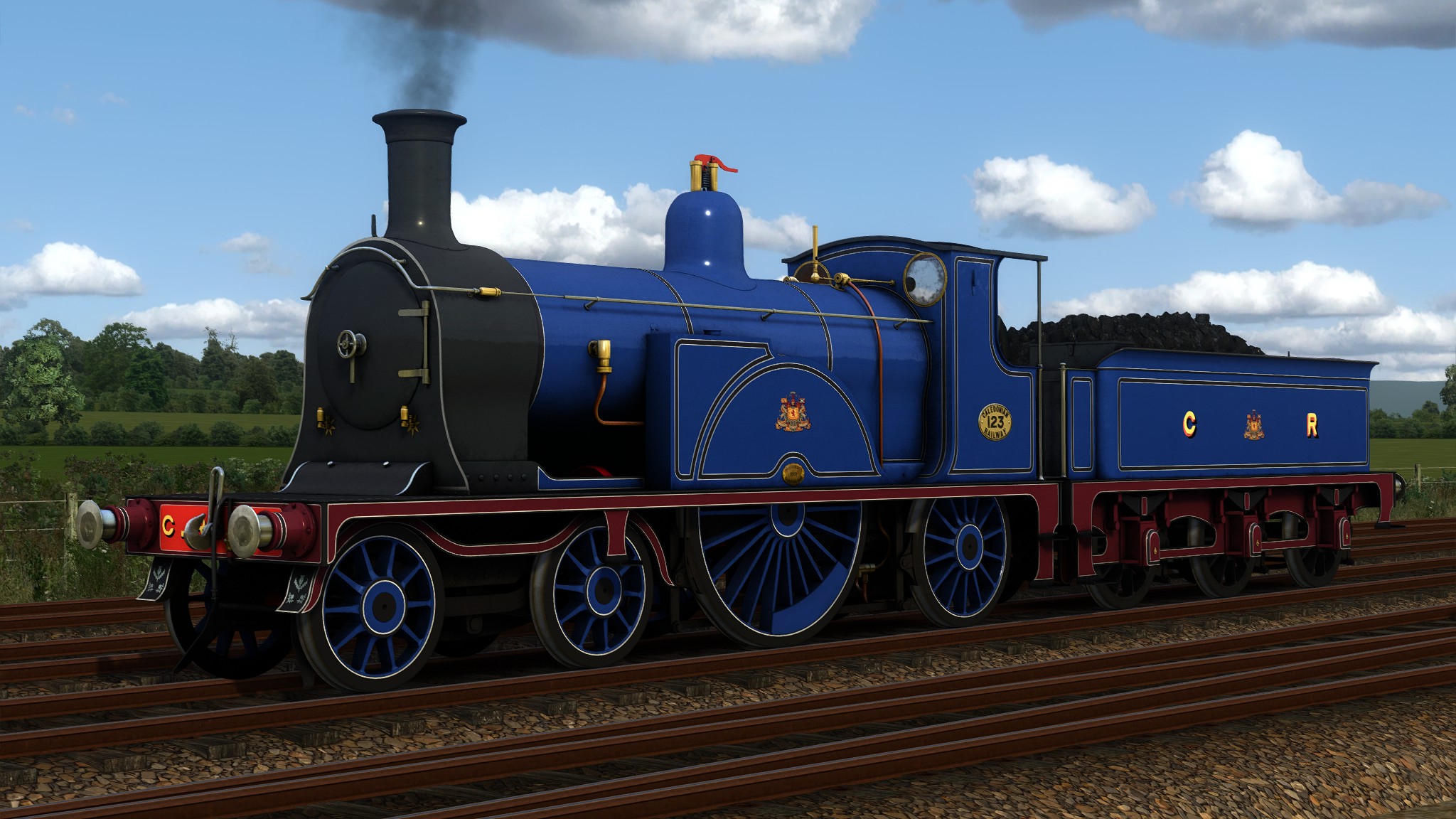
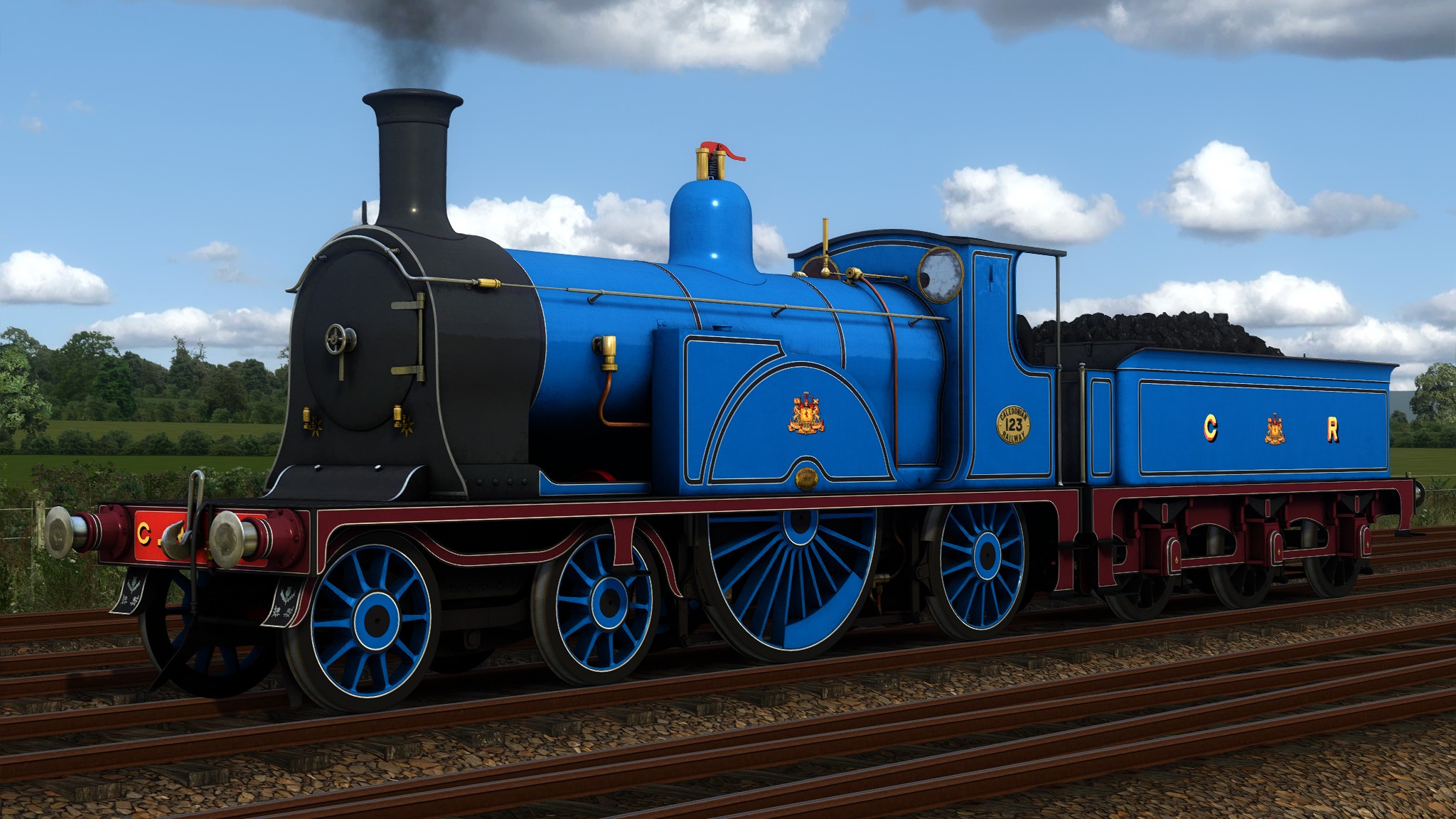
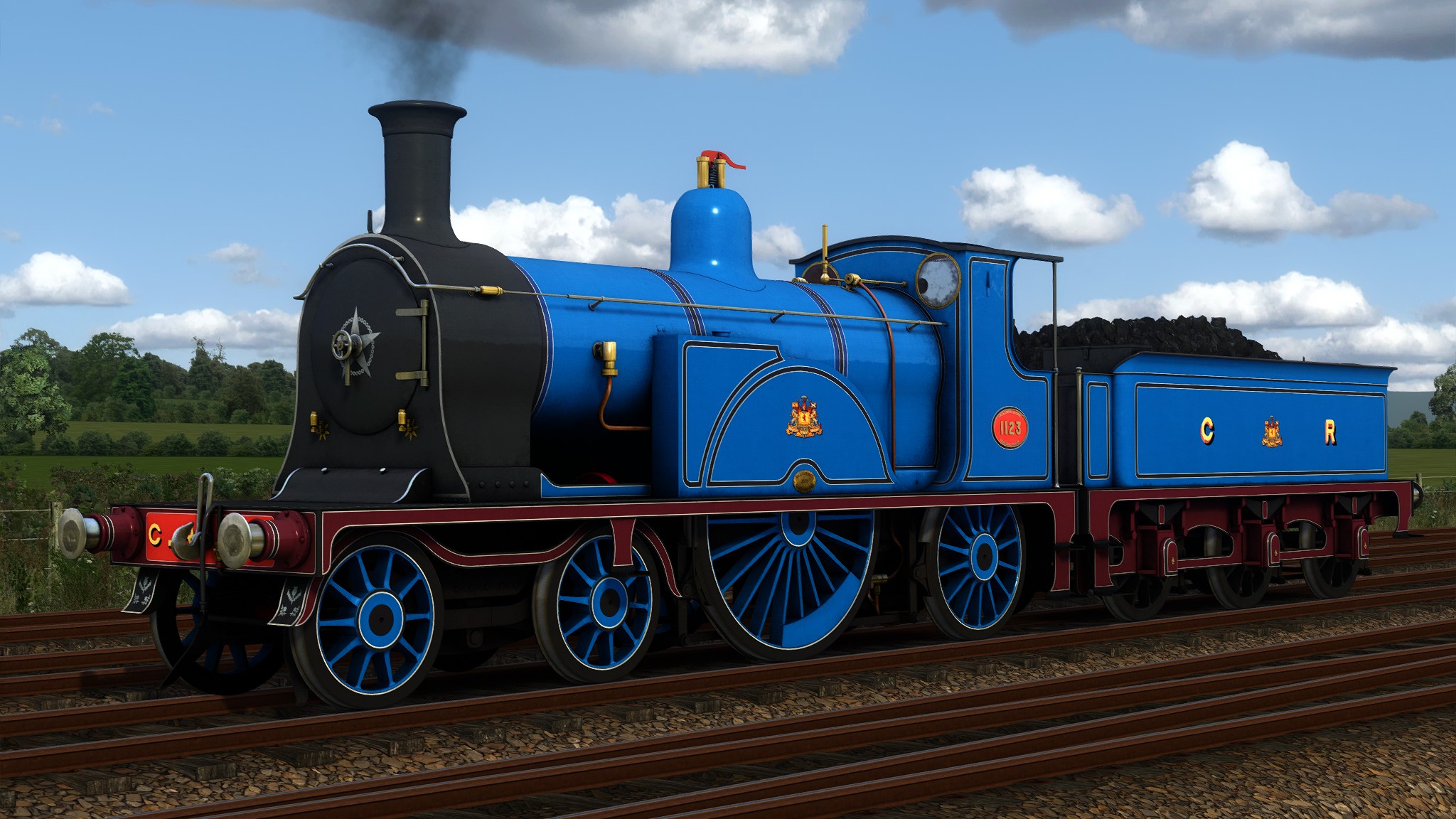
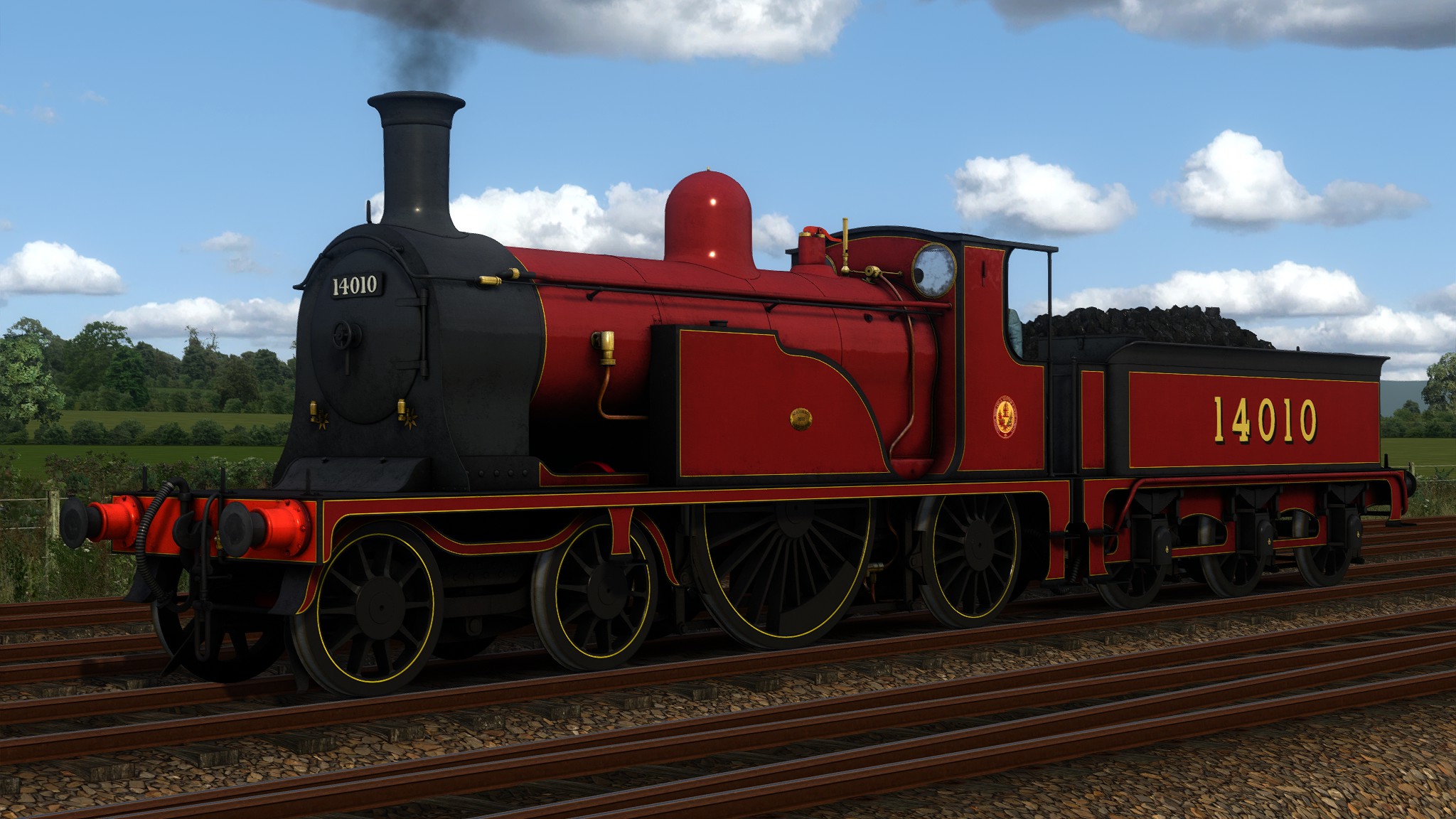
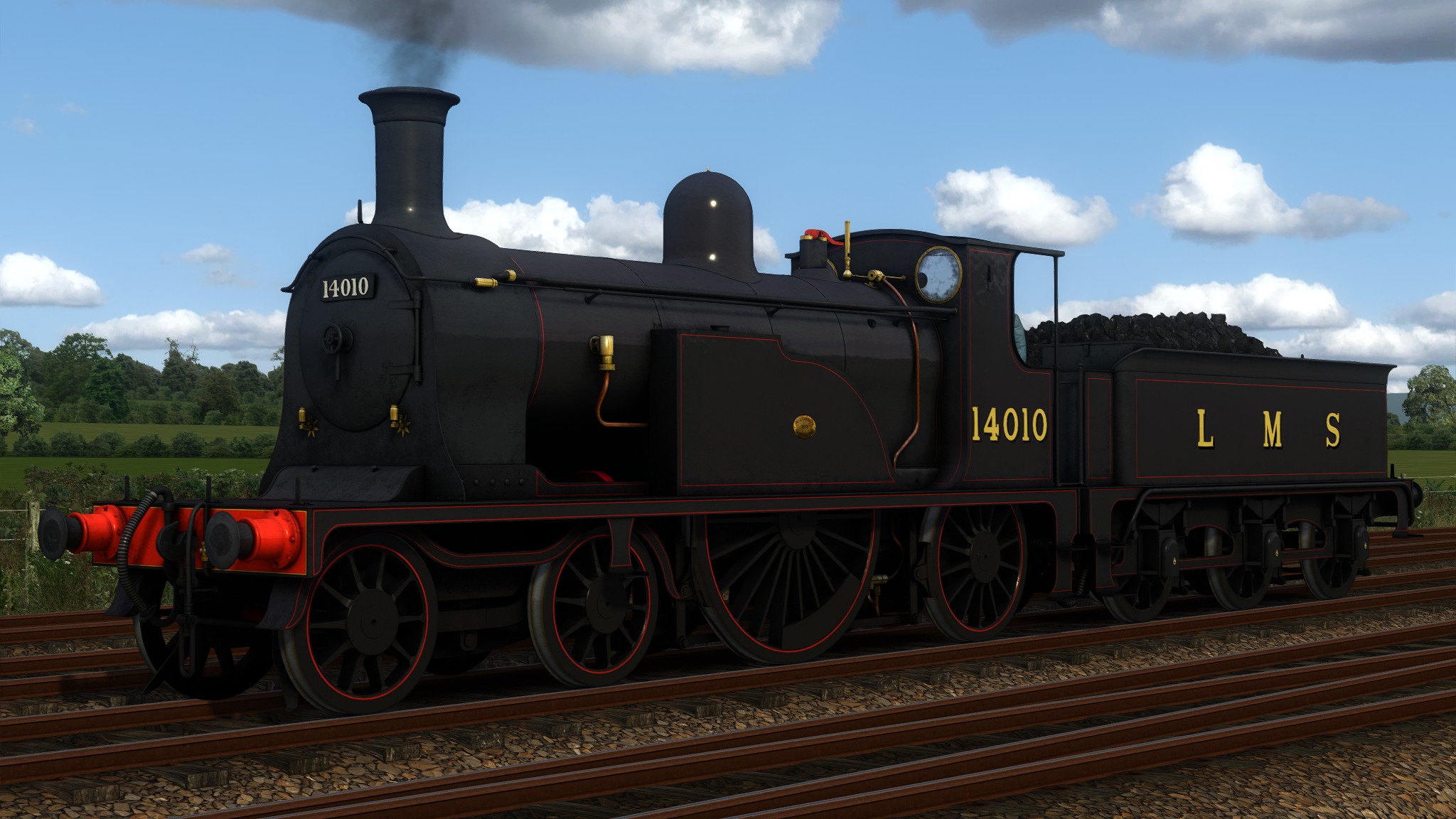
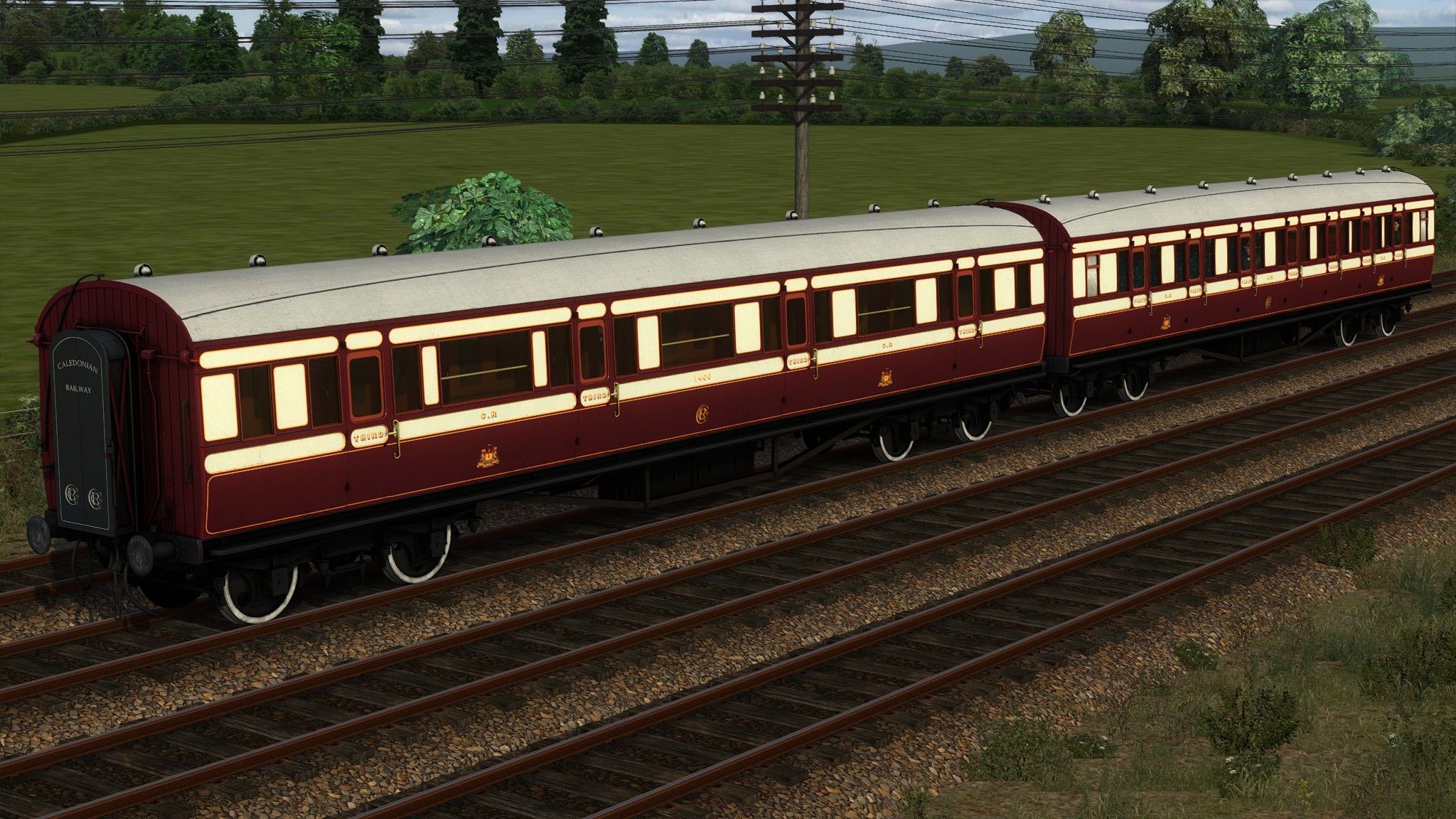
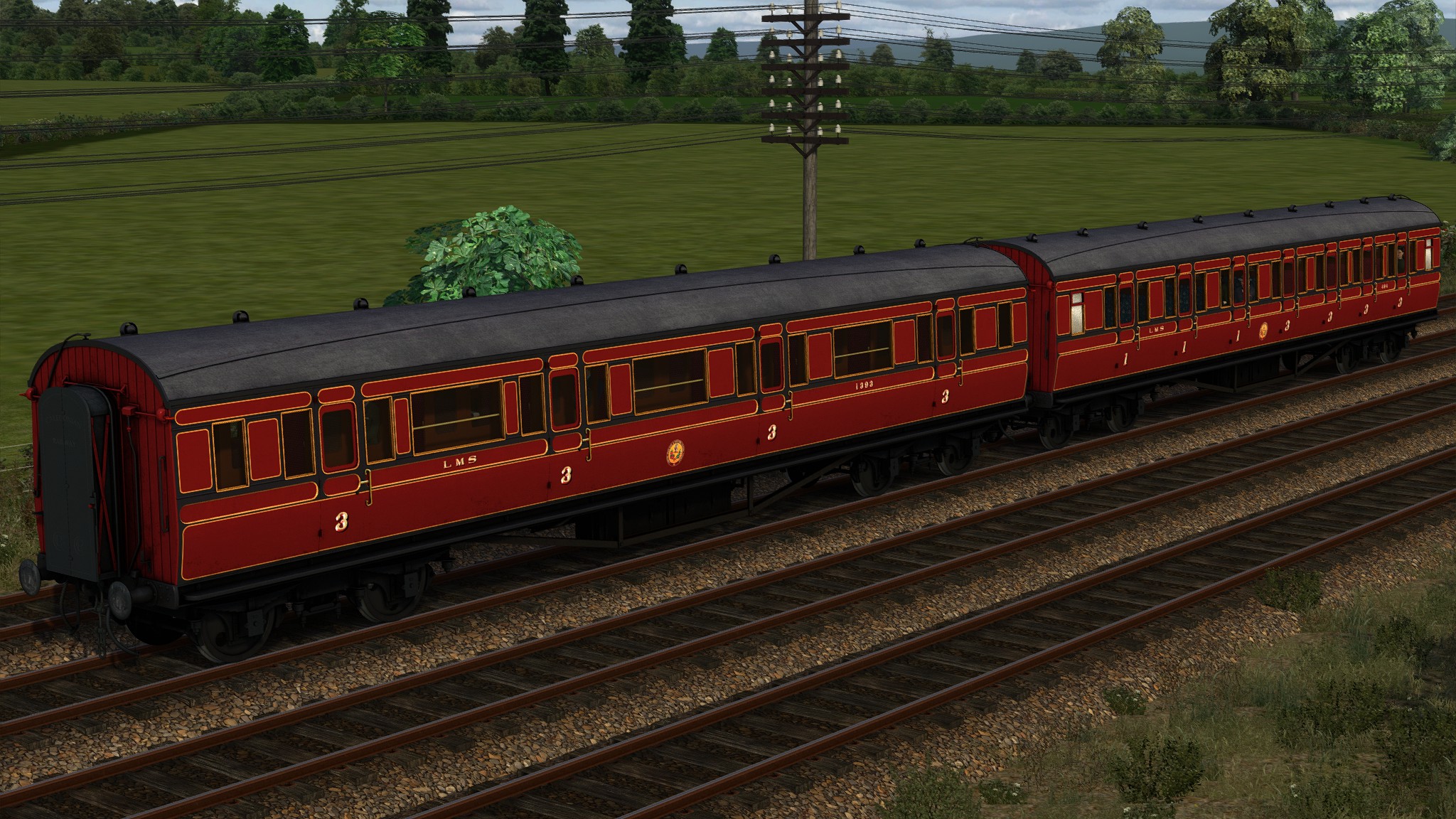
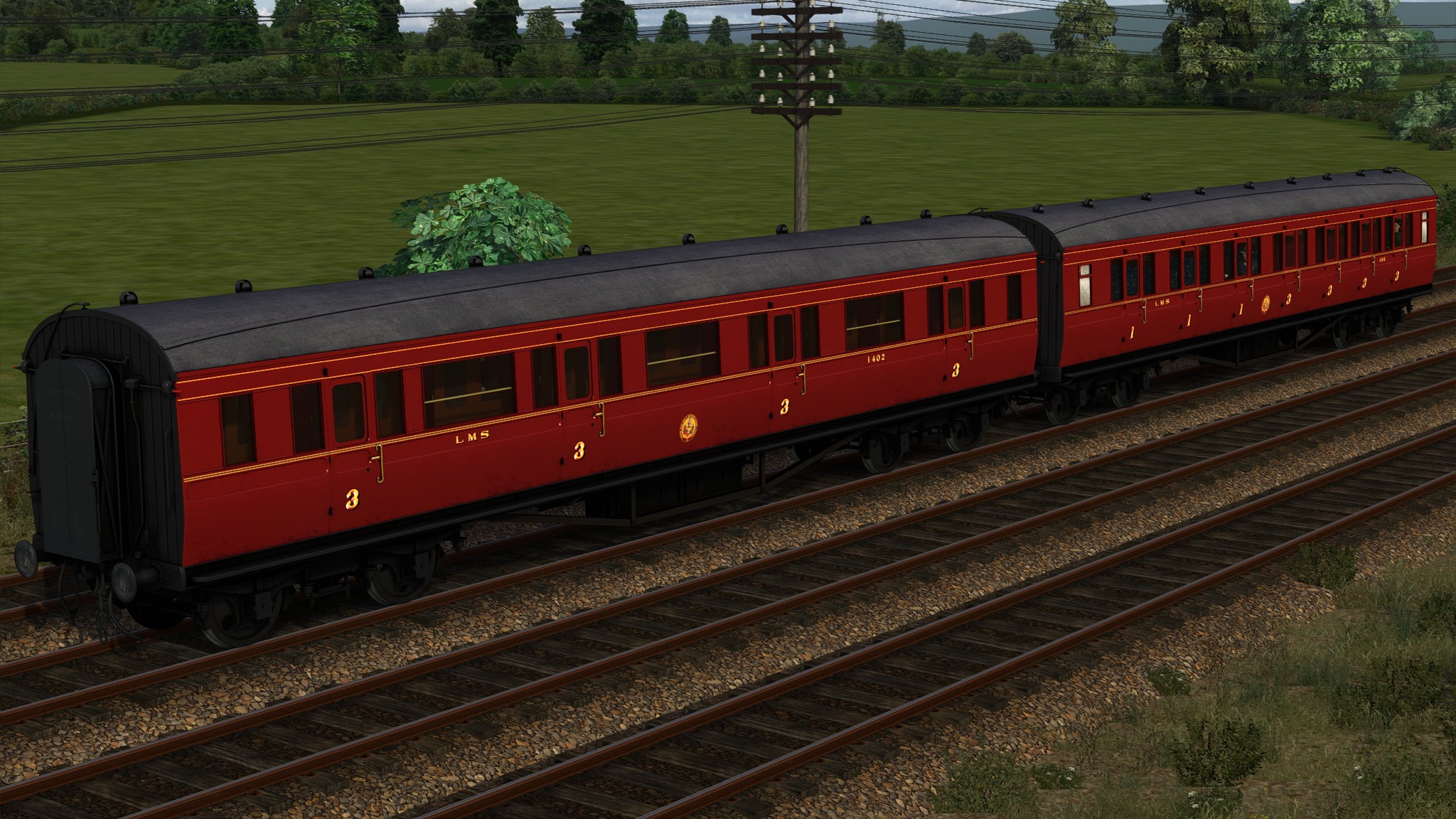
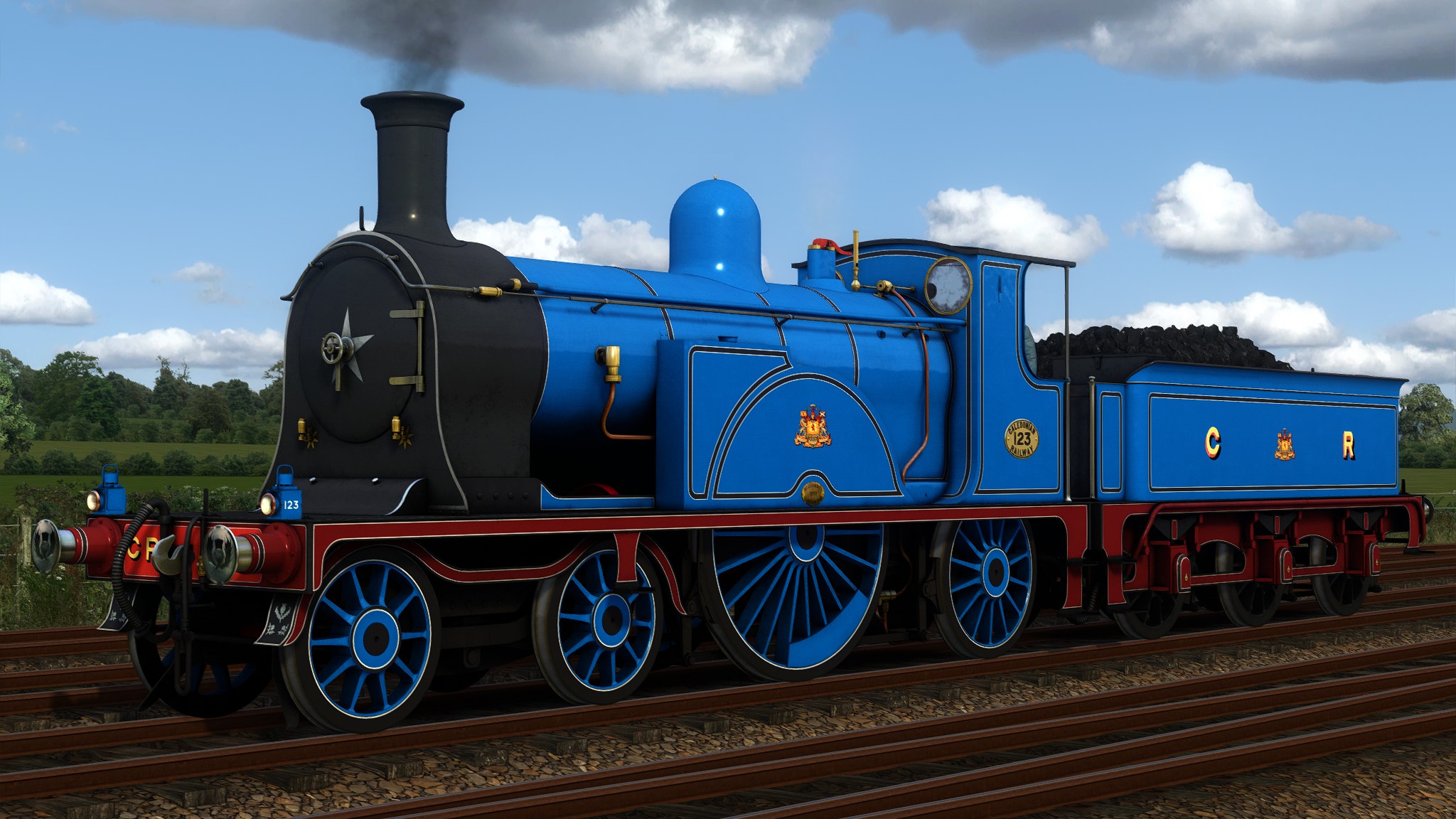
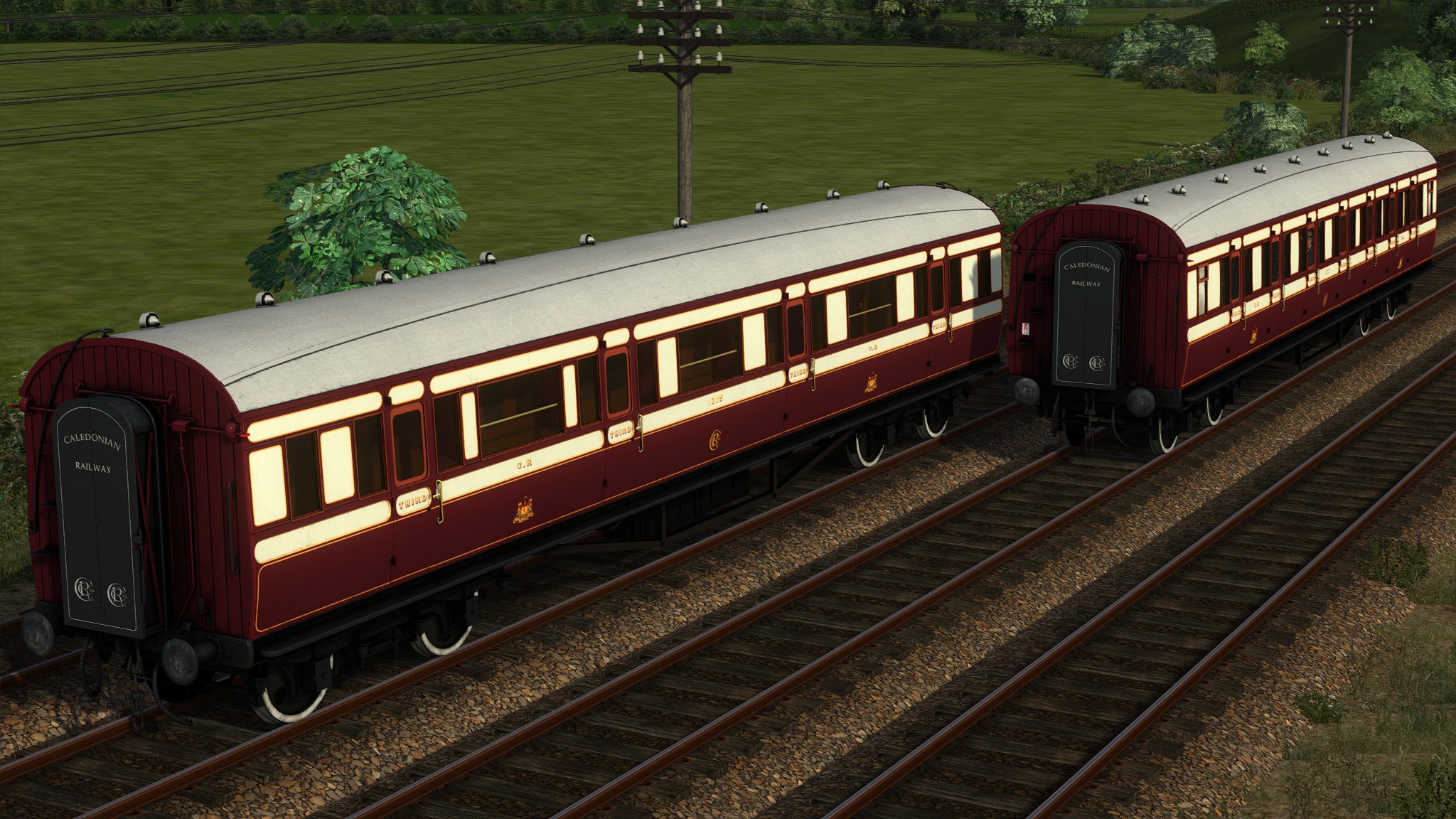
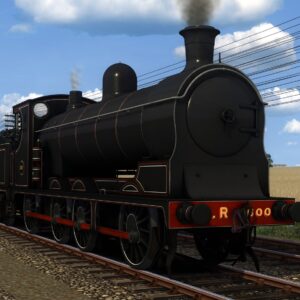
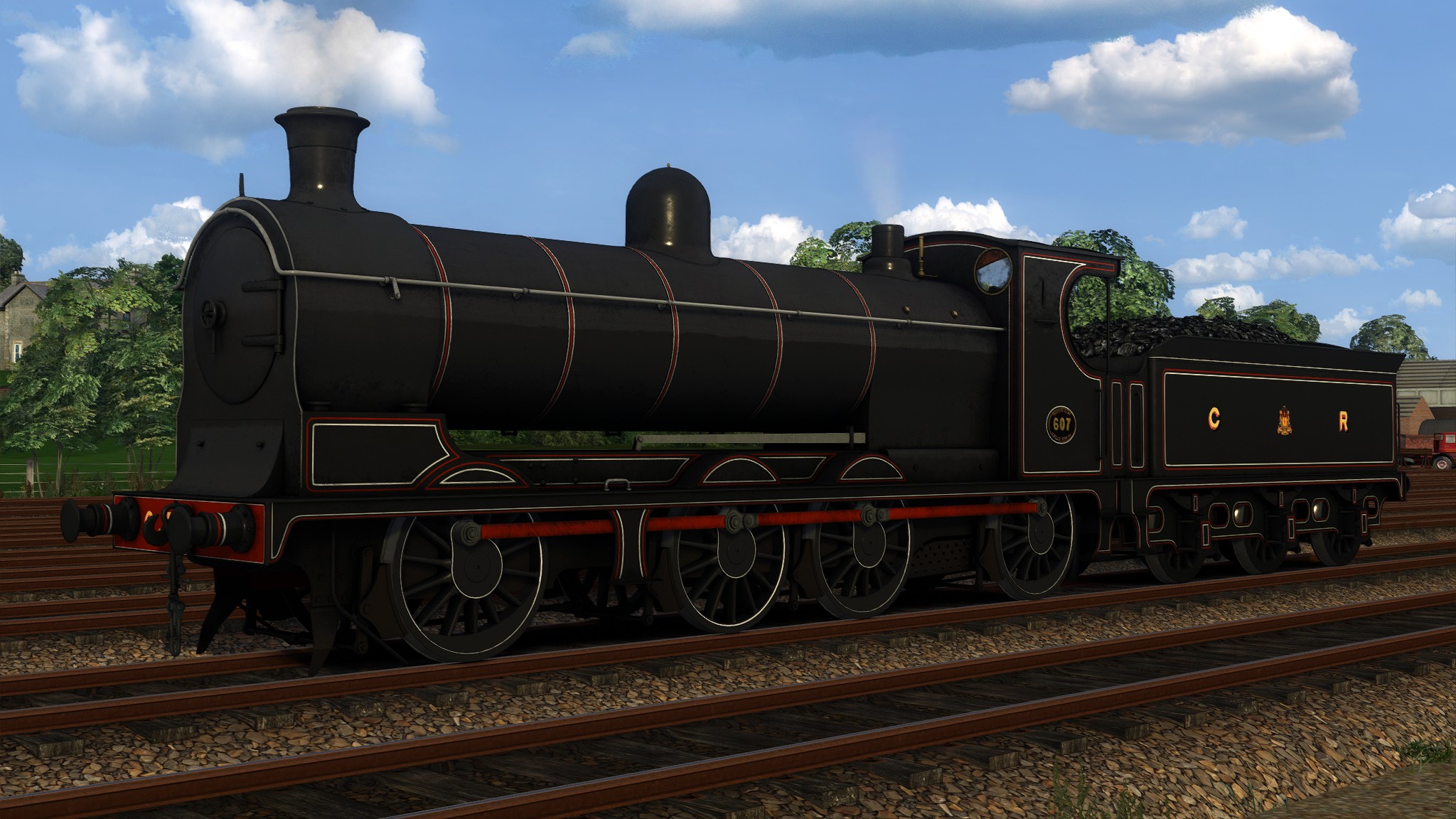
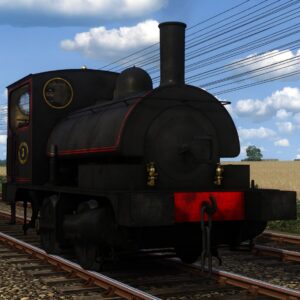
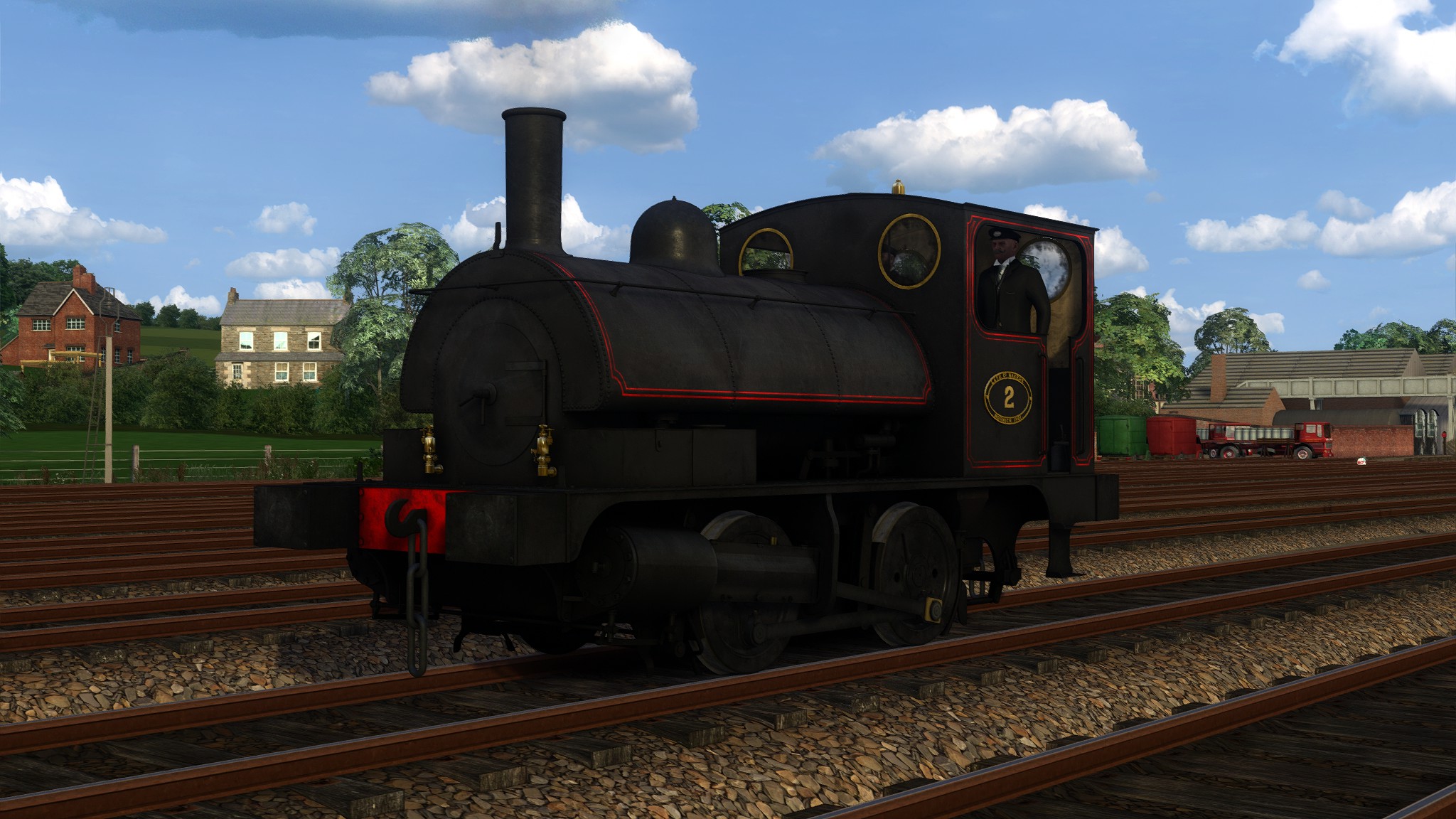
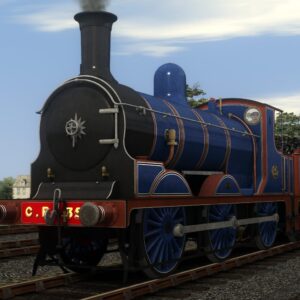
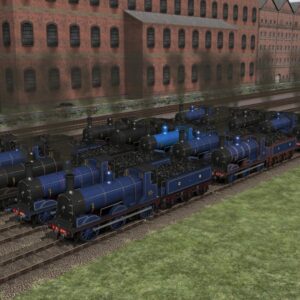
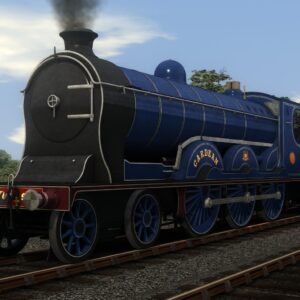
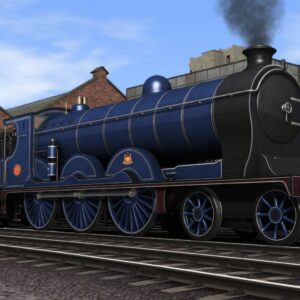
Reviews
There are no reviews yet.